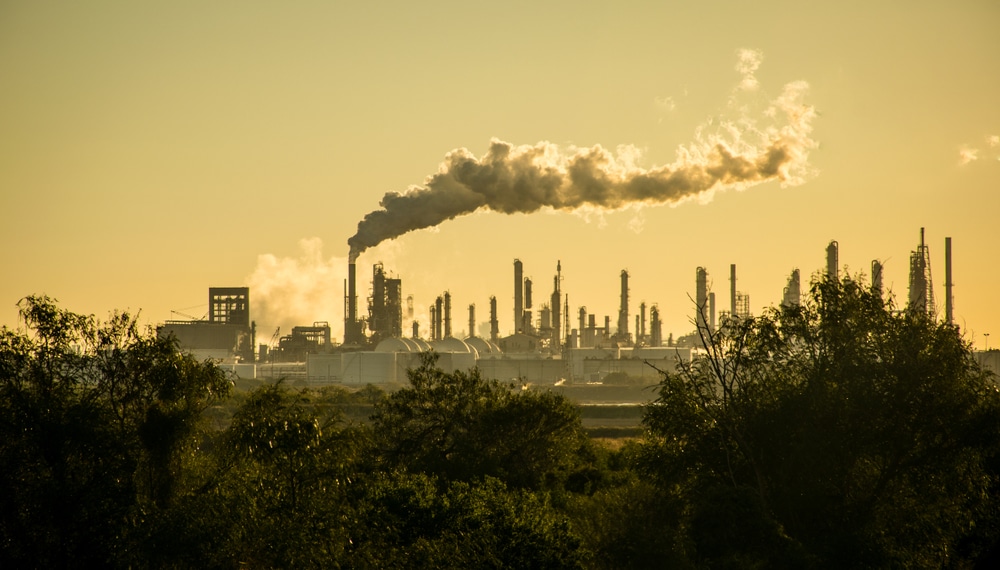A Queensland consortium has come together to create a disaster-resilient house that will stand up to storms, bushfires and floods caused by climate change.
One House is the brainchild of major Queensland insurers Suncorp, who have partnered with James Cook University’s Cyclone Testing Station, CSIRO, and Room11 Architects to design and test the home. It features a range of features, including:
- An open-plan interior that gives clear visibility of impending danger
- Sacrificial guttering that is coated in zinc to prevent corrosion
- Dual water tanks that can be used for fire-fighting and drinking
- Non-combustible construction materials
- Glazed elements designed to keep embers out and distribute heat evenly
It has been rigorously tested and designed to stand up to fires, flooding and the cyclones experienced regularly in Queensland.
JCU’s Cyclone Testing Centre John Doolan said the research had shown that the weather-busting technologies were not just for new homes but could be applied to existing homes as well.
“One of the great gems about One House is that sure, you can apply it to a new building, but equally we believe one of the take-aways from this process is that you can apply the One House process to existing homes,” he said.
Suncorp chief executive Steve Johnston said One House was a test case to improve the National Construction Code so that more resilient homes would become mandatory.
“Suncorp believes the purpose of the National Construction Code should be expanded to include consideration of increasing resilience of buildings, such as floor heights in flood-prone areas, and reducing displacement rather than only loss of life,” he said.

Call for Federal Government intervention on climate change
Mr Johnston has challenged the Federal Government to respond to the climate crisis in the same way it responded to the COVID-19 public health crisis.
“This can no longer remain in the too-hard basket,” he said.
“Suncorp has long argued for a national coordinated response to disaster mitigation and natural hazard resilience to deal with the impacts of climate change.”
Mr Johnston said that creating a coordinated, national program to mitigate the risks of climate change would not only prevent damage and tragedy but help protect the economy as well.
Climate change is set to render parts of Australia uninsurable
Severe weather events in recent years have ravaged Australia. Floods and bushfires meant that insurers were forced to pay out $5.3 billion in damages in the first quarter of 2020 alone.
Data has shown that Australia is flooding more than ever before, while the 2019/20 bushfires were unprecedented. The combination of our atmosphere holding more water from the warming of our oceans and the La Niña phenomenon means severe rain events are far more likely. It could result in insurers taking their bat and ball and going home.
North Queensland is already experiencing high insurance premiums and uninsurable homes because of the omnipresent threat of tropical cyclones. Now the rest of the country could be on notice as well.












































